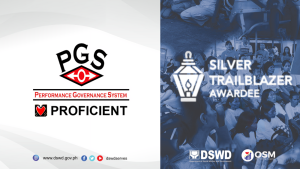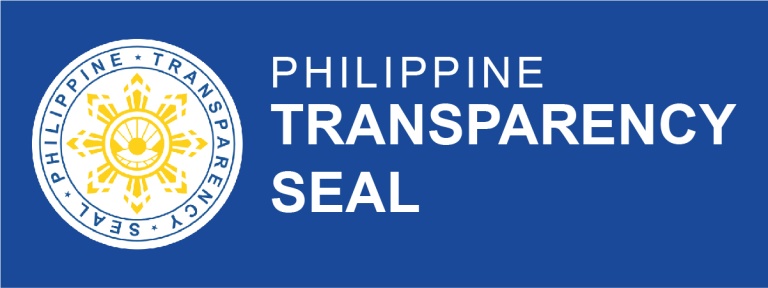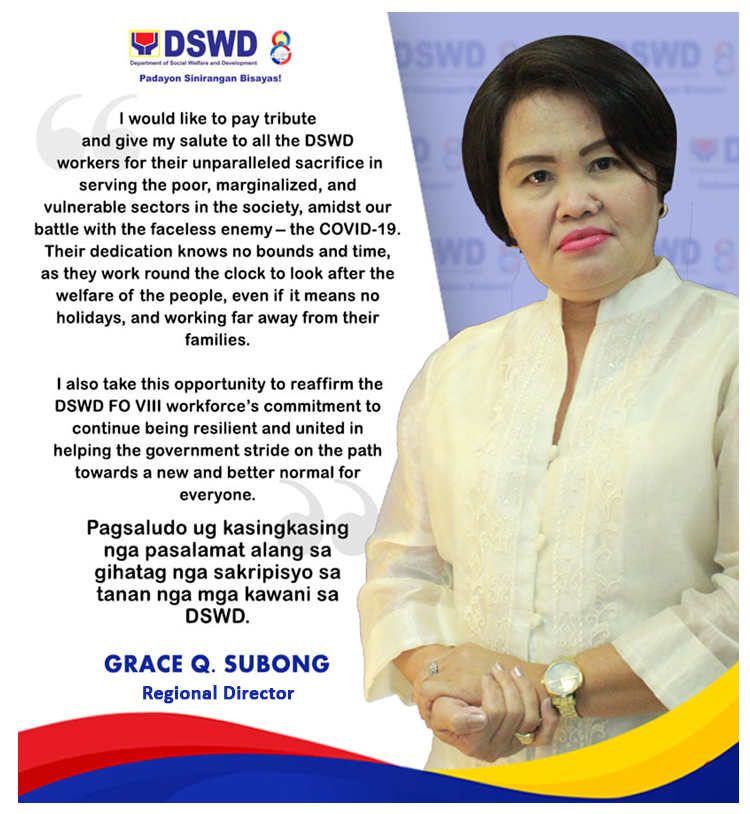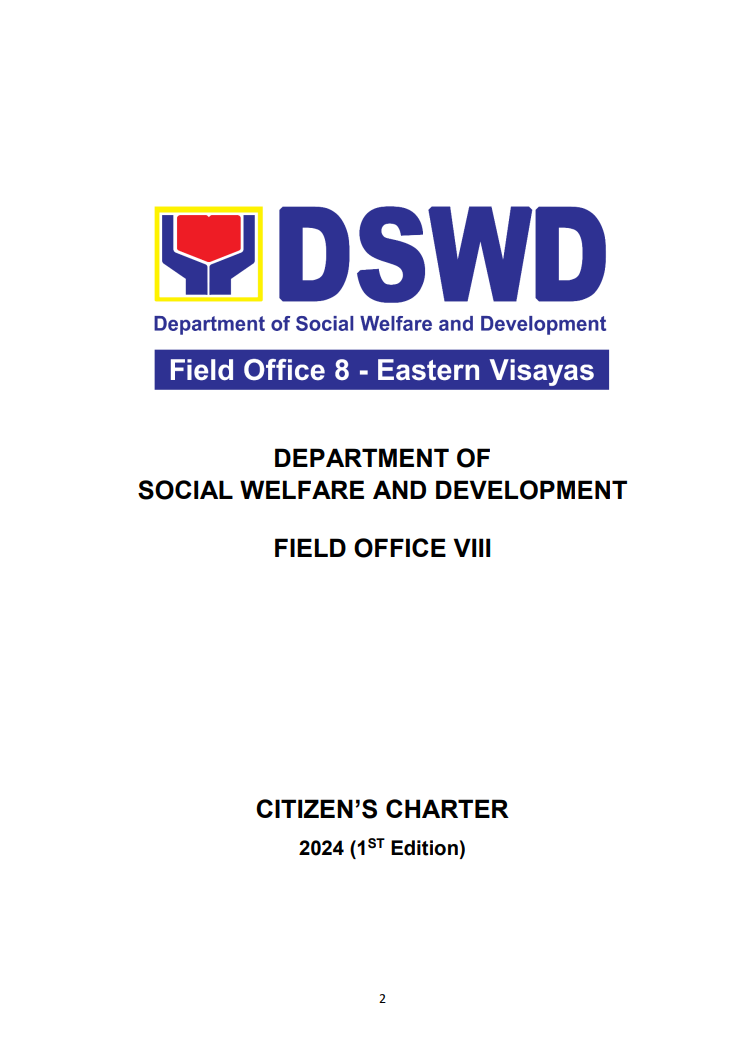Ormoc City, Leyte – Department of Social Welfare and Development (DSWD) Secretary Corazon Juliano- Soliman stressed that the Philippine government is actively involving the citizens in the post-disaster early recovery and rehabilitation efforts following Typhoon Yolanda.
Addressing the representatives of various national government agencies (NGAs) and international non-government organizations (INGOs) during an inter-cluster meeting on post-‘Yolanda’ early recovery and rehabilitation held here over the weekend, Sec. Soliman said that the DSWD is doing this through the Kapit-Bisig Laban sa Kahirapan-Comprehensive and Integrated Delivery of Social Services – National Community-Driven Development Program (Kalahi-CIDSS-NCDDP), a program that will use the community-driven development (CDD) strategy.
Resilient communities, infrastructures
Targeted for launching in June 2014, NCDDP is the scaling up of Kalahi-CIDSS, which started in 2003 and initially covered 364 municipalities in 12 regions nationwide. CDD is a development approach that focuses on empowering and building up the capacities of citizens and local government units (LGUs) so they will be able to lift their own communities out of poverty.
“It works,” said Sec. Soliman, describing how the scale-up was developed because the decade-long experience of Kalahi-CIDSS showed the effectiveness of involving the communities in local development, even in the context of disaster recovery.
Kalahi-CIDSS-NCDDP is one of the programs of the national government for ‘Yolanda’ post-disaster recovery and rehabilitation, covering 554 municipalities in the country that were affected by the typhoon.
Following ‘Yolanda’, the program was also redesigned to take disaster response and recovery into consideration, as the DSWD’s thrust is to prepare for what they describe as the “new normal” with disasters of the same strength as ‘ Yolanda’ hitting the Philippines.
Sec. Soliman emphasized how CDD has led not only to more resilient communities through the trainings of the residents and their experiences in working together through Kalahi-CIDSS, it also resulted in resilient infrastructures as well.
She said, “Out of the 1,412 Kalahi-CIDSS projects in Region VIII, only 21 were completely damaged. These were built by the people. Because they know they will be the ones to use these, they take care of these.”
According to Sec. Soliman, CDD not only gives trainings to residents of the poorest municipalities in the country, it also provides the resources directly to the communities so they can determine how to utilize these to answer their most urgent needs.
She said, “Through CDD, people are informed of what resources they have, and what they should be getting.”
She shared that Kalahi-CIDSS scored four out of five on the latest fiduciary evaluation of the World Bank with regard to transparency and accountability, indicating that the system of giving the funds directly to the community shows that people know how to properly use the resources provided them. She also said that in the ten-year experience of Kalahi-CIDSS, it has not received a corruption complaint due to the program’s thrust for transparency and accountability.
Foreign grants
According to Sec. Soliman, aside from the main Kalahi-CIDSS-NCDDP, the program is also handling two CDD projects to respond to the needs of the communities affected by ‘Yolanda’.
One of these is a US$3 million grant from the Japan Fund for Poverty Reduction (JFPR), which is administered by the Asian Development Bank (ADB). The funds will be used for the speedy recovery of 220 small-scale municipal and community infrastructures in 13 Eastern Visayas municipalities.
The amount is part of the US$20 million JFPR grant to help mitigate the adverse social and economic impact of ‘Yolanda’ in Eastern Visayas. Aside from the US$3,000,000 to be utilized by Kalahi- CIDSS-NCDDP, another US$8 million will be implemented by the DSWD through its Sustainable Livelihood Program (SLP), for the provision of emergency employment and livelihood support for one million individuals in 912 barangays in 20 municipalities with an average of 35.5% poverty incidence in Eastern Visayas.
The Australian government also provided a grant worth AU$15 million to fund the construction and rehabilitation of approximately 468 classrooms and day care centers in 177 municipalities across the nation using the CDD strategy. About 25 percent, or 117 classrooms or school buildings, will be used to support the reconstruction efforts in ‘Yolanda’-affected areas.
This is the second phase of Australia’s education support for the Philippines through the DSWD. Previously, it provided AU$10 million for the construction of 626 classrooms and day care centers in 76 municipalities in the Philippines.
As with the first phase, the AU$15 million will also be used for the construction of classrooms and day care centers in areas implementing both Kalahi-CIDSS and Pantawid Pamilyang Pilipino Program, the conditional cash transfer program of the DSWD.
Commendation
During the inter-cluster meeting, Bernard Kerblat, Country Representative of the UN High Commissioner for Refugees (UNHCR), commended the Philippine Government and the INGOs for the initiatives they have taken in response to ‘Yolanda’.
Sharing how he has worked in other large-scale disasters such as the Haiti earthquake and the Thailand tsunami, he said that the Philippines’ status six months after Yolanda hit the country should be commended, as there were no epidemics that spread after the typhoon and no widespread cases of crime and hunger, even in hard-hit areas.
Kerblat said that the Philippine Government remains the lead in post-disaster recovery and rehabilitation, with the INGOs providing support for these initiatives.###








